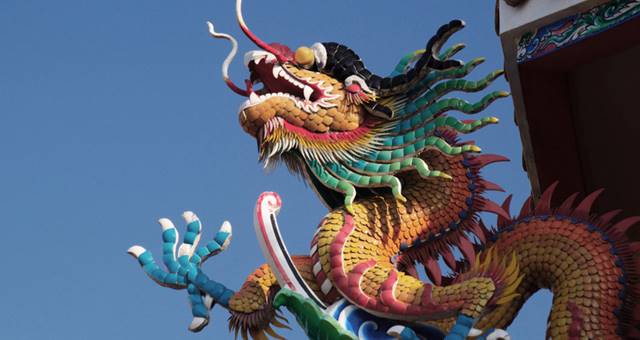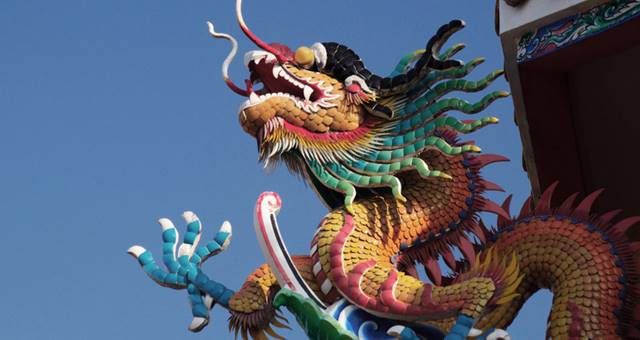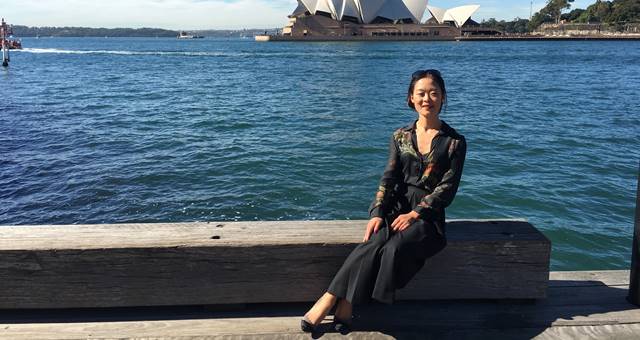
Sinorbis has released a white paper explaining how Australian businesses can better capitalise on inbound Chinese tourism.
The whitepaper – The Rising Dragon: Touring with the Chinese Traveller – looks at the changing preferences of Chinese tourists visiting Australia, and details how Australian businesses can adapt their online marketing to capture a larger share of this market. The whitepaper draws on exclusive data from Sogou – one of China’s largest search engines.
According to Sinorbis founder and CEO Nicolas Chu, the former global of HotelClub and managing director of Expedia, with 50% of Chinese online searches for Australia coming from five regions, Australian tourism operators should incorporate regional idiosyncrasies into their marketing plans.
“A common misunderstanding is that the Chinese market is homogenous. The truth is far from this – China comprises 34 different provinces, each with distinct preferences and online habits,” said Chu.
“Using the same marketing strategy to market to the whole of China is akin to adopting a shared marketing strategy for Australia and Ireland. It just doesn’t make sense.”
According to Sinorbis, the range of sources that Chinese travellers use to plan their journeys abroad is increasingly online.
“Not only do Chinese travellers increasingly go online to plan their travel, they’re also using local travel research sites such as Mafengwo, Qyer and Dianping, and local travel comparison sites such as Ctrip, Qunar and Tuniu,” said Chu.
“In previous years, hoteliers, restaurants and attractions could rest easy focusing their attention on monitoring and managing their TripAdvisor review page.
“However, if you’re looking to attract Chinese travellers, you now need to track and manage your reputation across English and Mandarin speaking sites.”
The new data also reveals that Sydney and Melbourne have maintained their ranking as the most popular cities searched for by Chinese outbound travellers, accounting for 32% and 24% of the top ten city destination searches respectively. In the separate category of attractions, the Gold Coast and Great Barrier Reef together accounted for 63% of searches for the top ten attractions in Australia.
“While this new generation of Chinese traveller is eager to explore beyond the boundaries set by earlier generations, the language barrier can still be a large deterrent,” said Chu.
“The market is wide open to proactive businesses prepared to adapt their processes to suit the needs of the Chinese tourist. Australian tourism and hospitality operators have the opportunity to tap into this burgeoning market, and our researched-based insights show that a three-pronged approach – adapt, invest and attract – is most effective in targeting Chinese outbound travellers,” he said.
Some key insights are as follows:
- The US is still the most popular long-haul destination for Chinese outbound travellers, but Australia is rapidly catching up as a preferred holiday destination. Searches for travel to Australia surged by 201% in 2015, compared with a 35% increase for the US.
- 50% of Chinese online searches for Australia come from five regions: Beijing (15%), Guandong (12%), Shanghai (9%), Jiangsu (8%) and Zhejiang (6%).
- Sydney and Melbourne have maintained their ranking as the most popular cities searched for by Chinese outbound travellers, accounting for 32% and 24% of the top ten city destination searches respectively.
- In the separate category of attractions, the Gold Coast and Great Barrier Reef together accounted for 63% of Chinese searches for the top ten attractions in Australia.
- Language barriers are still the predominant concern for the 1 million+ Chinese tourists visiting Australia
Download the whitepaper here.



